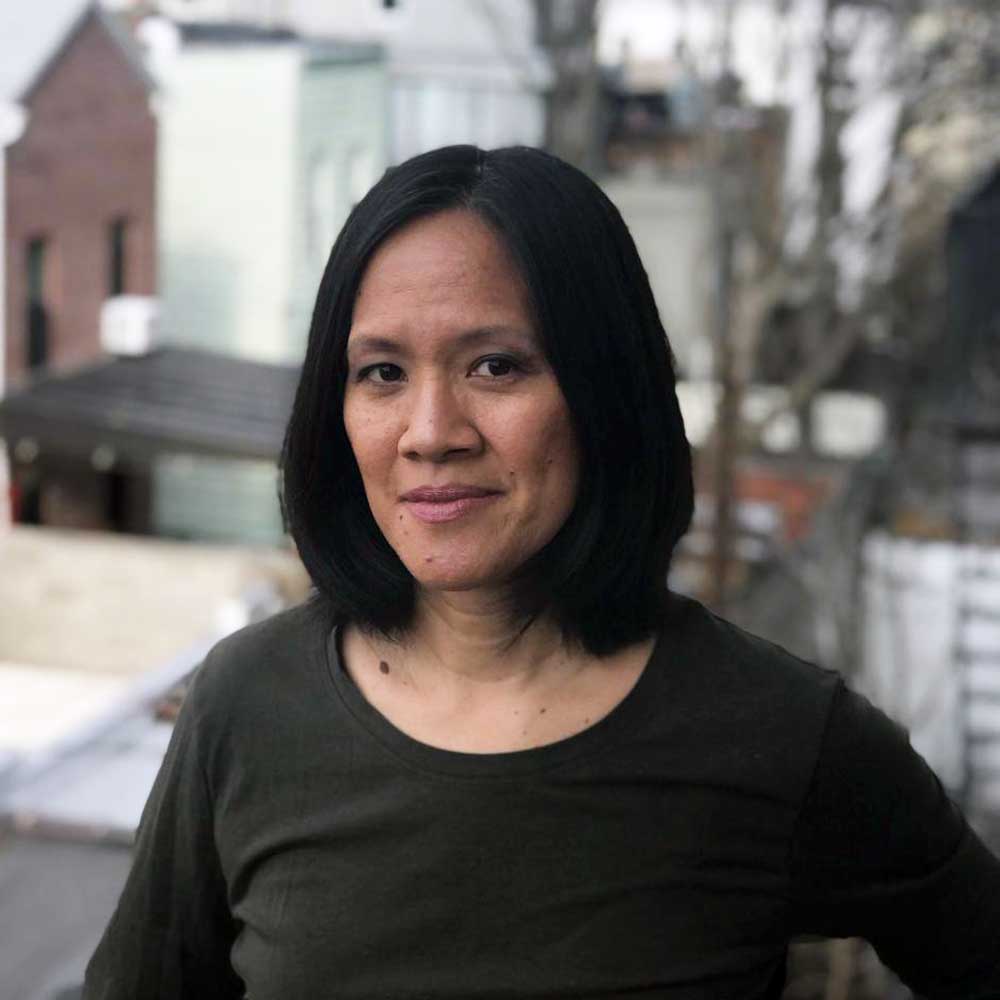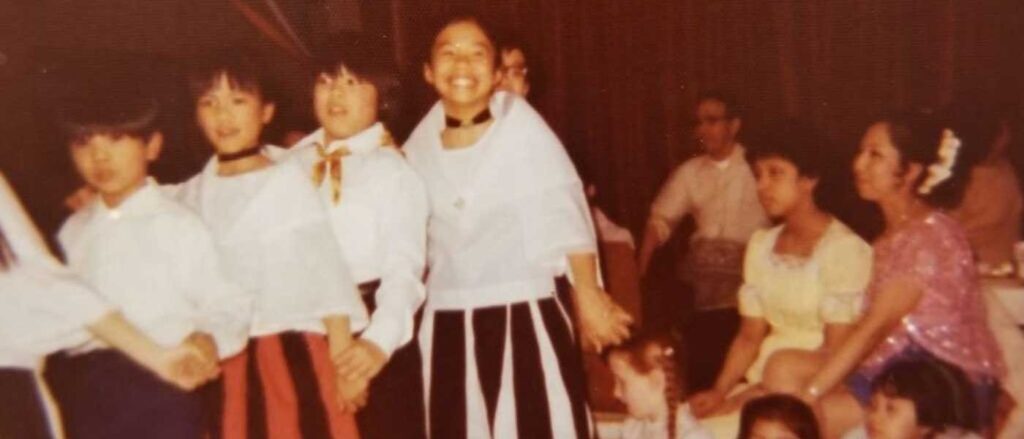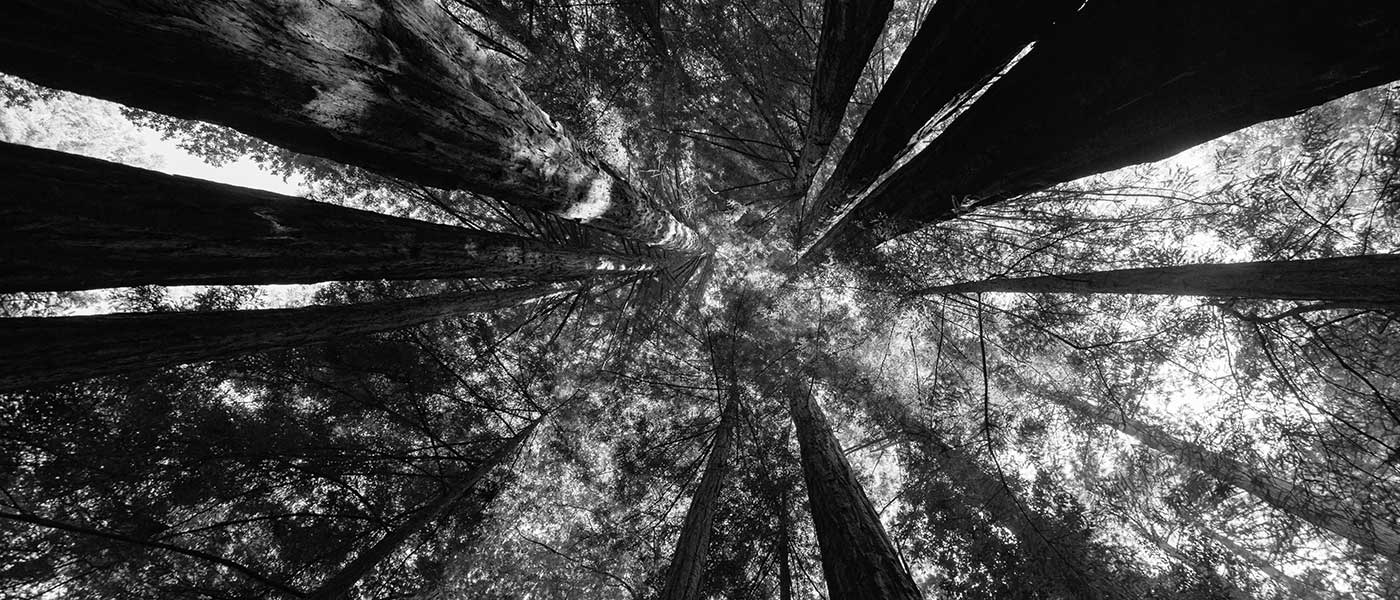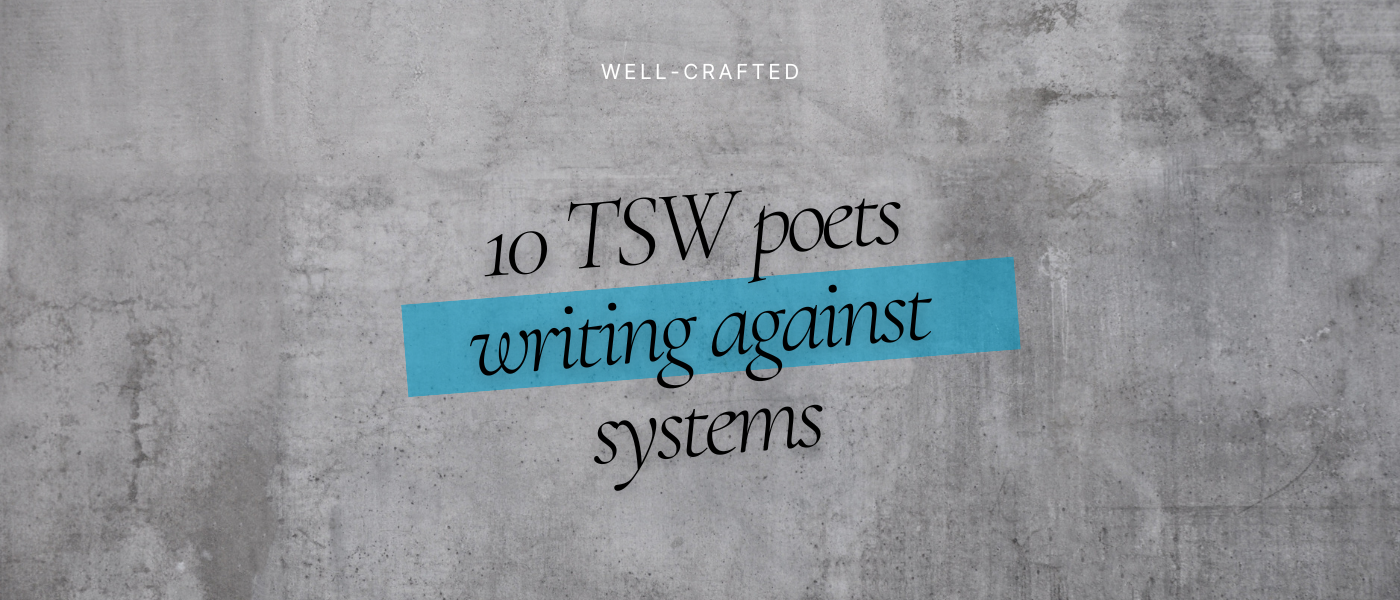Many of the “Indians” — that’s what they call themselves and what we call them too — in our small Alaskan town live in a separate community called Saxman. They play Bingo alongside my parents at the Sons of Norway or The VFW Hall. “Dollar in the pot!” they scream out in these smoke-filled halls, ever hopeful as they search for the winning numbers on their Bingo cards. In the Fourth of July parades, these histories of wins and losses, of disparate independence, converge. The bright, flowery float of the Filipino Community Club radiates with pride, while a group of Indians wrapped in black and red blankets, a few wearing animal heads carved from wood or stitched with felt and fur, advances slowly like a funeral march on the candy wrapper-littered main street past flag-waving parade watchers, their drumbeats and somber tones frightening me as a child.
Billy is the only Indian in town that I’m not afraid of. He sounds like a leaky tire when he speaks, air escaping between his teeth, a gush trailing his words. He has a low, gravelly voice and broad shoulders. Yet, he and I, both shy, laugh easily and, it seems, at almost anything, and when this happens a dimple appears in his cheek as it does in mine. A simple, silent thing — recognition. A lockstep. We attend the third grade together, guffawing along with the rest of the class after our teacher, Mrs. K., lands flat on the floor when her stool breaks. Then onto the fourth grade, copying vocabulary words from the blackboard into our notebooks and tee-heeing at Ms. B.’s maladjusted wig, before Billy transfers to another elementary school. We’ll become schoolmates again in junior high and high school, and later, fellow cannery workers in the summer, our lives intersecting like trails in the woods.
As a young girl, I learn that the Indians differentiate themselves through language and art. Some are Tlingit like Billy’s father, some are Haidi, and others are Tsimshian originally from neighboring islands. I can’t tell the differences between them yet. In my Filipino community, I hear the adults identify themselves by their home provinces and dialects, aware of differences, not equating them with division. All of them speak Tagalog, while some, like my parents, also speak Ilocano, or Visayan, like my Auntie Susan. They use different words for “eat” and “home” and “see.” Back then, however, I think the words “tribe” and “clan” apply only to Indians.
I try to stay in rhythm, raising my arms above my head like the other girls in the group; we twirl our hands elegantly. Our feet slide across the dingy yellow tiles of the Filipino Community Clubhouse, a big squeaky house near the creek in town where, in late summer, the stink of rotting salmon hangs in the air. The house isn’t heated and smells like mothballs, like other old homes in Ketchikan built in another era.
“You arhh too stipp!” Ninang Doring snaps, wincing as if I’ve stepped on her foot. “Stipp like a boarrr-d.”
As our dance instructor, Ninang Doring often cries out, squinting and tapping a broomstick held bristles-up on the floor, “Aiee! Not gracepool enup!”
She demonstrates how the other dancers and I must be poised and loose-limbed, swaying side to side like blades of grass in the wind. We are 8 to 13 years old; our parents have volunteered us to be the entertainment for the Filipino Community Club — not just once, but many times over the next few years with varying levels of resistance. After the first two years, we give in to their demands as we grow accustomed to the practice.
“Listen to the music,” Ninang Doring says in a sudden reverie and starts to sing the melody aloud: “Da, da, da…”, tap, tap, tap, “…da, da,…” tap, tap.
We resume our steps to a music at first strange to our ears. After the fifth replay, we start humming along with the inspiring strum of a string instrument, not exactly a guitar nor a banjo, but something in between. The rhythms are closest to a waltz. A romance in motion. Like what we’ve heard in old movies that our parents would watch. A few of us start to giggle.
“Stop lapping!” Tap, tap!
Ninang Doring (short for Theodora) is my godmother and next-door neighbor, a kindhearted, easygoing woman outside of the clubhouse. We call the adults “Aunt” and “Uncle” in our Filipino community comprised of several (unrelated) families and individuals, mostly bachelors, even if they aren’t blood relations. Those who are our actual godmothers and godfathers like Doring are addressed in the Filipino terms, “Ninang” and “Ninong.” My father is president of the Filipino Community Club, which holds meetings and fundraisers, potlucks and holiday parties, and whose club members believe it important to teach their American-born children the dances of the Philippines — part education and celebration, part nostalgia and longing.
Ninang Doring was a schoolteacher in the Philippines. This explains her strict composure when dealing with a group of restless young dancers assembled for another club event. In Ketchikan, she became a nurse’s aide and the mother of two boys, my god-brothers, who shoot BB guns in the woods, and once, when a tractor plowed the road after an impressive snowstorm and left an enormous hill of snow on the roadside, the boys dug out a cave in which we could all stand without hitting our heads. They hunt and fish like others on the island, yet, when asked, the boys dance with the group too.
This is how we learned a language of the body and of community, but back then, we would simply say it was fun.
One summer, five of us are costumed in dainty white blouses and yellow-and-green checkered wraparound skirts. I am twelve with my group of similar-aged Filipina dancers. We stand facing one another in a wide circle, waiting for our cue.
On a sunny August weekend, the people of Ketchikan are celebrating the city’s first annual Blueberry Festival. Food and craft vendors have set up their booths along the spiraling driveway and parking lot of the three-floor State Building. We are on the makeshift stage, an area off the ground floor level. A crowd of smiling, camera-toting tourists from the nearby cruise ships, Dawn Princess and Rotterdam, as well as long-haired locals in jeans and rubber boots, surround us. Someone offstage presses the play button.
The familiar scratching sound of an old recording, then a lively strum, breaks open a silence in the crowd. Our arms extended to one side like poised matadors, we step to the right, and back to the left, and repeat, right to left, left to right, to the music’s airy rhythm, our arms gliding across in the opposite direction. We move and turn like windup dolls, smiles pasted on our faces, our long strands of tiny shell necklaces swaying back and forth with the music. Our eyes glued on each other, the audience becomes a blur around us. Left, right, right, left, turn. Grass in the wind. We don’t want to mess up and make fools of ourselves.
Maria Clara. Who is she? All I know is that the dress my dance group wears is named after her. Like the dance, we step into our parents’ culture for a short time, and then step out to join our other friends at school, our other lives outside the home. We listen to Michael Jackson and the Bee Gees, wear the latest Levis or carpenter pants, and talk about those cute curly-haired boys at school.
“The traditional Filipino dancers didn’t wear Maria Clara skirts or dance with candles,” one uncle proclaims. “That was the culture of our Spanish colonists! Our true ancestors danced barefoot and naked in G-strings!”
I know nothing of this other Filipino. My young dance group represents the Philippines in our small Alaskan town, though few of us have actually been there and none of us are fluent in any of the dialects. We know one or two bad words, a few terms of endearment, and how to identify our private parts. I speak to my parents in a language that cleaves — old from new — and my parents and I share this English, indistinguishable from any other English I’d been exposed to in my earliest years, which is to say, the English outside of my home, spoken by others, non-Filipinos, in the town. Until one day.
Prompted by our second grade teacher, my classmates and I had to share aloud our favorite places and things to do. We sat cross-legged in a circle on the floor. Katie just revealed her favorite place to buy candy. My turn.
“I buy SweeTarts at Bee-side,” I said timidly.
“Bee-side? Where’s that?” one of my classmates asked with a quizzical look.
“It’s the place at the bridge,” I replied. “On Creek Street.”
“Oh!” someone piped up, “That’s Bayside! She’s talking about Baaayside!”
“She called it ‘Beeee-side!’”
The circle burst out laughing. My face suddenly burned red hot. I stopped pronouncing words like my parents.
Red-hot faced children of immigrants listen and learn, accept and reject. Though we may not be aware of the magnitude, we know that when something happens over there in the Philippines, we feel it here too in Ketchikan, Alaska. Reverberations of hope. Of despair. We’ve seen the country through photos of our relatives, and heard it through letters announcing those who’ve died.
As the music fades, one of the dancers turns to exit the stage. The rest of us follow her in a single file line. Out of the spotlight, we deflate in relief and chatter like birds, noticing the next group of dancers already filling the stage, their bodies draped in heavy black and red blankets, the robes of this Native Alaskan people. A man dons a wooden headdress in the form of a raven’s head while another dancer’s is fashioned out of white fur. Unlike our group, these eight Tlingit dancers are a mix of men and women, boys and girls. The very young and the very old.
A stout male dancer cries out abruptly like someone lost in the woods. The thunderous beating of a drum begins. These performers hop and turn in semi-circles, weaving in and around each other in some reckless pattern. They howl and yelp while someone continues to bang the hand-held drum that looks like a giant tambourine. Thump! Thump! Thump! The dancers splay their arms and poof! The white buttons on the backs of their blankets transform into a raven with raised wings. The audience is rapt. Tourists are snapping photos.
My young self is embarrassed because of them. Compared to my dance group’s delicate costumes, our gentle steps, our warm melodies, these dancers on stage seem clumsy, their choreography crude, their sounds gruff. Already, the other girls in my group are searching for a place to change. We hide our feelings about these other dancers, but these feelings are prickly like barnacles clinging to the underside of a boat. We dance at other events, fundraisers, church, on cruise ships, always near the shadows of these other performers, these other people, vying for a place on the stage.
My father had left his native Philippines in search of work, and settled here for the same reasons Billy’s had: fish. Tlingits have known this area long before anyone else, setting up camp each summer at the mouth of Ketchikan Creek where endless schools of salmon return to spawn and die. Eventually, others discovered the island too. The canneries opened, the first in 1886, and more people appeared and settled instead of leaving after each fishing season. After laboring on the vegetable fields of southern California, my father first arrived in Alaska in the 1930s where he and fellow “Alaskeros,” Filipino men who found jobs in the salmon canneries, worked long days that rotated endlessly like gears of cannery machinery. Here, the Alaskeros became well acquainted with the other brown folk in town — the Native Alaskans. I imagine those first encounters must have been like sidelong glances in the mirror: alien, yet familiar, a fragmented reflection of themselves. Their reflections became more distorted as they discovered each other’s peculiar tongues. Yet, the laws that governed these men at the time revealed another likeness beyond mirrored images.
These new arrivals from the poor Philippine islands were eager to eke out a living in frigid territory. Like their Native Alaskan co-workers, they were unashamed to sift through the refuse of salmon heads at the end of the work day to make fish head soup. Whenever the Natives and Filipinos collected the discarded fish heads, the white workers jeered, “Monkeys!”
Beyond the harsh realities of cannery life was the diversion of a movie house. My father and his friends could escape into the heroic adventures and lives of the rich and famous portrayed in Hollywood films like Mutiny On The Bounty and Gone with the Wind, with leading man Clark Gable, or A Day at the Races with the rollicking Marx Brothers. However, he had to sit in a section strictly for Filipinos and Natives, separate from the white patrons. In this era, Filipinos were not allowed to become American citizens, own land, or marry white women. Likewise, the US government prohibited their WWII soldiers protecting Alaska’s shores from associating with the Native people, afraid their young men would contract diseases from the “wild” Indian women.
My father saw them as different from us, though, and his prejudices from another era were flung at me whenever I became too hot- or hard-headed for him.
“Don’t become a wild Indian!” he warned me on a car ride home one night. I was in the backseat, staring at the pitch black outside my window. I vaguely recall the conversation being about boyfriends. I was 13. In his own terse way, my father was advising me about the dangers of being loose, about the consequences of premarital sex, though his words felt more like an accusation. He was old and stubborn and angered me easily in my adolescent years. I must have thought, “What does he know?” In fact, I had no idea. He remained silent about his past life, its small spaces and dimly lit corners. Although he had Native acquaintances, he was not immune to the racist attitudes of his generation.
After his retirement from the post office, my father returned to labor in the canneries alongside his Native Alaskan acquaintances. At a young age, I perceived fish to be the only thing Filipinos and Indians had in common. To the young me, Filipinos were hardworking and friendly; these other brown people in town weren’t. Most seemed unsmiling, saggy-cheeked people who talked through clenched teeth and swollen throats. A few appeared like dark clouds in the sky, drifting along the streets drunk and jobless.
His warning to me in the car that night revealed something I’d perceived in offhand remarks by others in town that you didn’t want to be an Indian. I heard the message. Though I ignored him, growing more rebellious against my father as a teen, those words had burrowed themselves in my mind and remained undisputed for years, obstinate notions of inferiority and identity that would later be challenged in the larger world where I was starkly “American,” obviously “Asian,” and (to my initial puzzlement) “white.”
I accepted and rejected, rejected and accepted, these delineations of myself and others, aware of identities expanding and contracting, then settling into a seemingly fixed version until, when challenged again, another self appeared, as they still do, by necessity or surprise. Stiffening blades of grass shook loose by new winds.




